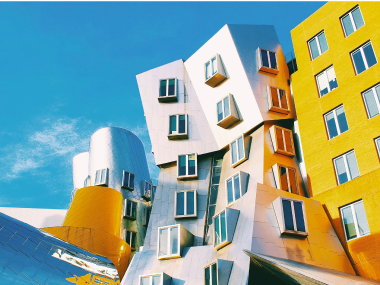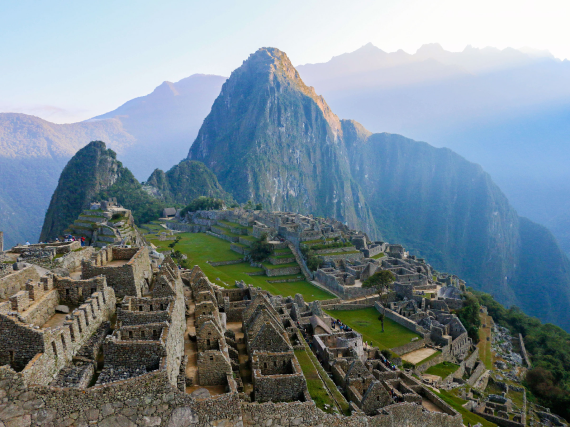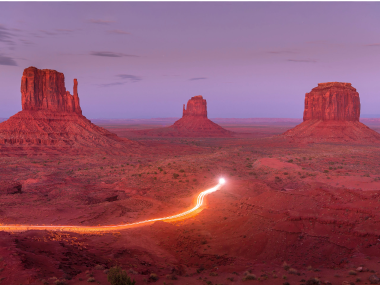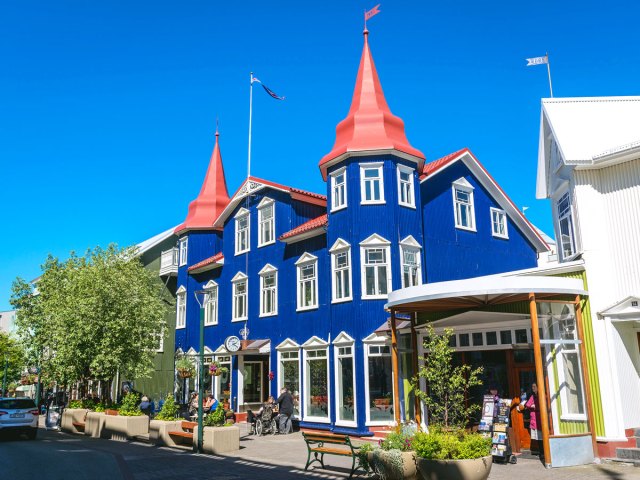Ever since its first service departed New York City en route to Philadelphia in 1971, Amtrak has been the lifeblood of intercity rail travel in the United States. Over half a century later, the operator boasts 21,000 miles of routes that connect 500 destinations across 46 states, Washington D.C., and three provinces in Canada. More than 30 million passengers travel on Amtrak trains every year, and the company recently set an all-time passenger record in the 2024 fiscal year. Some Amtrak passengers make short commutes, while others embark on epic long-distance journeys. Wherever they’re headed, these are the 10 busiest stations in the U.S. based on annual ridership figures from fiscal year 2024 (October 2023 to September 2024).
10. Albany-Rensselaer – Rensselaer, New York

Annual passenger traffic in FY 2024: 899,048
Set across the Hudson River from downtown Albany, Albany-Rensselaer is the second-busiest Amtrak station in New York state. It was first built in 1968 to replace Albany Union Station; in 1980, that structure was torn down and replaced by a bigger terminal. The current red-brick building was completed in 2002 and is known for its prominent clock tower.
Several popular Amtrak lines stop at the station, including the Empire Service (New York City to Niagara Falls) and the Maple Leaf (New York City to Toronto). The station also welcomes the Berkshire Flyer, a summertime service that passes through the Hudson River Valley and Catskill Mountains.
9. New Haven Union Station – New Haven, Connecticut
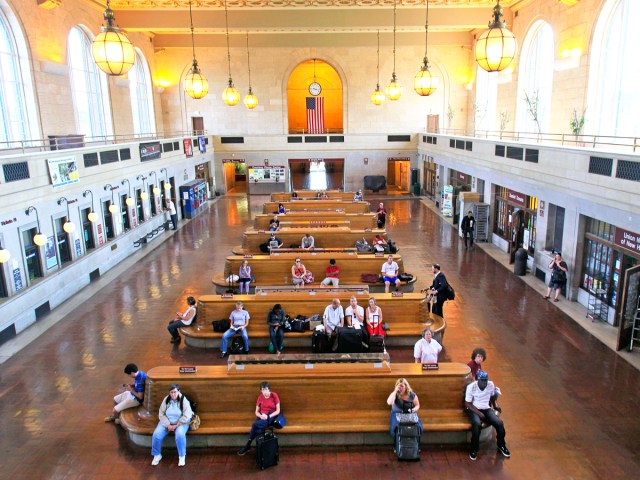
Annual passenger traffic: 907,500
New Haven Union Station is a Beaux Arts landmark designed by Cass Gilbert, the architect behind the U.S. Supreme Court Building. Inaugurated in 1920, it fell into decline after World War II and, by 1973, only the platforms and tunnels remained in use. A restoration project took place in the 1980s, returning the main building to its original grandeur.
Today, New Haven’s station remains a key New England railway hub. It’s a stop on the scenic Vermonter line, which travels through Connecticut, Massachusetts, New Hampshire, and Vermont. There’s currently a redevelopment plan in the works that aims to modernize the station and convert the surrounding area into a transit-focused district.
8. Back Bay Station – Boston, Massachusetts
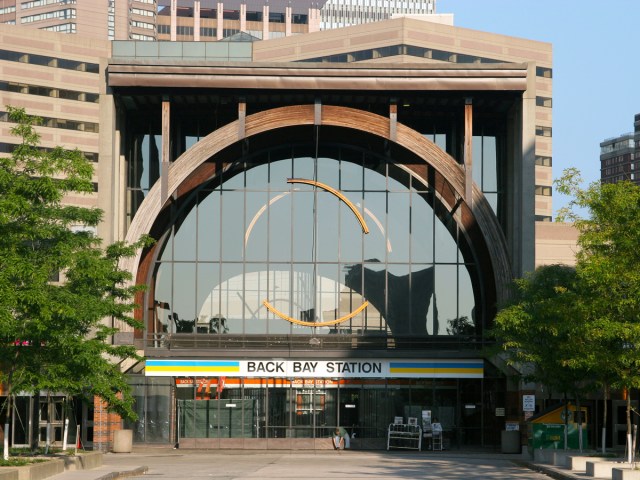
Annual passenger traffic: 916,579
Back Bay Station is one of three Amtrak railway terminals in Boston. Built in 1987, it occupies the site of a station that dates back to 1899, with an architectural style that reflects the period. Inside, the design features high ceilings, grand arches, and extensive glasswork that create a sense of openness. A 9-foot-tall statue of A. Philip Randolph, an influential figure in the civil rights and labor movements, stands in the main hall. Back Bay Station is a stop on Amtrak’s overnight Lake Shore Limited train between Chicago and New York City.
7. Los Angeles Union Station – Los Angeles, California
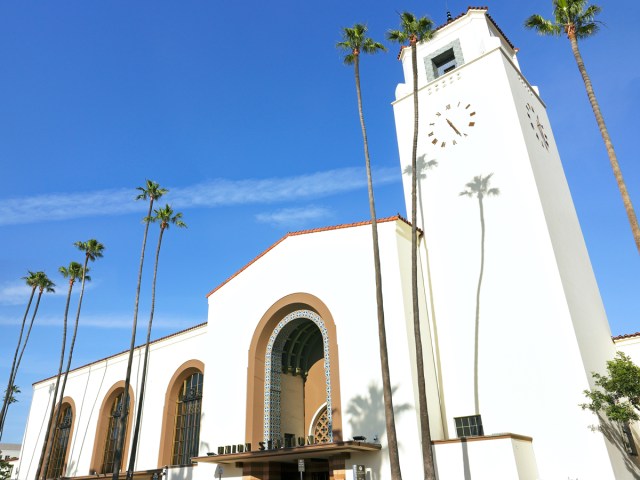
Annual passenger traffic: 1,053,965
Los Angeles Union Station has been a starting point for West Coast adventures since opening in 1939. The largest railway terminal in the Western U.S., it occupies 52 acres in the city’s downtown. Father-and-son architect team John and Donald Parkinson chose a spectacular blend of Spanish Colonial, Mission Revival, and Art Deco styles for the station’s design.
Not just a transport hub, Union Station doubles as a cultural center, with award-winning artwork from the Metro Art collection and numerous films and TV shows having filmed here over the years. If you’re not boarding a train, you can visit for guided station tours, exhibitions, and other events.
6. Baltimore Penn Station – Baltimore, Maryland
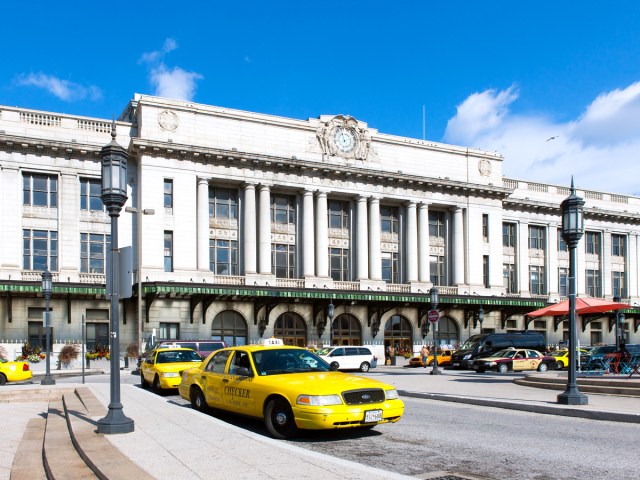
Annual passenger traffic: 1,301,274
Baltimore Penn Station, a 1911 Beaux Arts landmark, sits between the historic Mount Vernon neighborhood and the Station North Arts District. Originally named Union Station, Penn Station is the third train terminal to exist on the site. It serves several of Amtrak’s Northeast Corridor lines, including the long-distance Crescent service between New York City and New Orleans.
A notable aspect of the station is Jonathon Borofsky’s 51-foot-tall Male/Female sculpture, located outside the main entrance. Plans are underway to convert a group of underutilized buildings around the station into a mixed-use commercial and residential complex.
5. South Station – Boston, Massachusetts
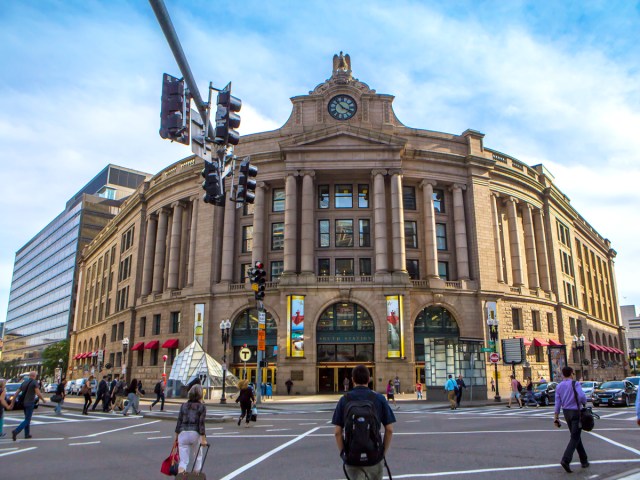
Annual passenger traffic: 1,795,454
As the northern terminus of Amtrak’s heavily trafficked Northeast Corridor, South Station is Boston’s busiest station and the busiest in New England. It opened on New Year’s Day in 1899, when a train carrying 12 tons of newspapers departed for Newport, Rhode Island. The neoclassical building features a curving facade and a clock tower crowned by an eagle.
Once the country’s busiest station, reporting 38 million total passenger visits in 1913, Boston’s South Station continues to be a gateway to the city. A convenient location on the Fort Point Channel gives travelers easy access to popular sites such as Boston Common and the Boston Tea Party Ships and Museum.
4. Chicago Union Station – Chicago, Illinois
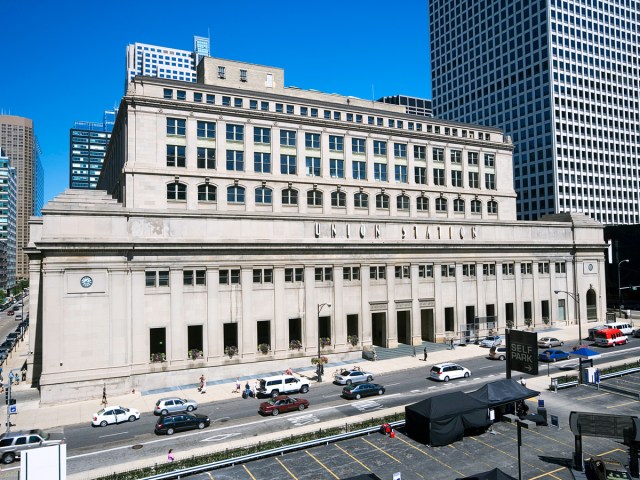
Annual passenger traffic: 3,011,972
Chicago Union Station is the city’s only railway terminal serving both Amtrak and regional commuter Metra passengers, and it typically registers more than 400 daily train movements. The station is the terminus for cross-country Amtrak journeys such as the California Zephyr and Empire Builder.
Built in 1925, the grandiose Beaux Arts building underwent a restoration project in the 2010s, which included renovating the barrel-vaulted skylight of the Great Hall (which was blacked out during World War II to make the building less visible to air raids). Movie fans might also recognize the staircases at the southernmost entrance from the shootout scene in the 1987 thriller The Untouchables.
3. 30th Street Station – Philadelphia, Pennsylvania
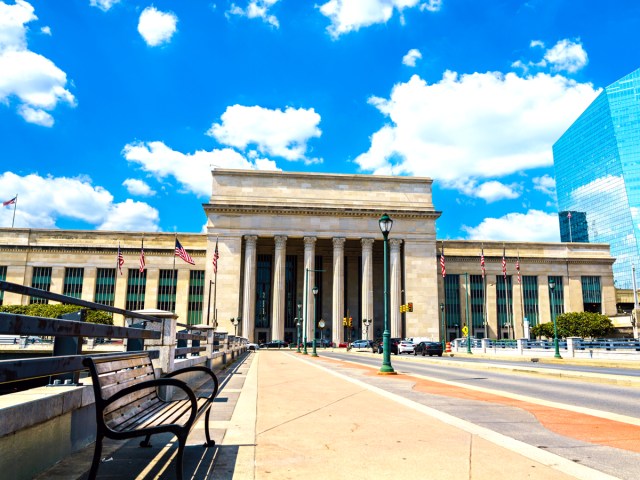
Annual passenger traffic: 5,060,770
Built in 1933 by the Philadelphia Railroad to replace a smaller station, 30th Street Station (officially named William H. Gray III 30th Street Station) is a marvel of Art Deco and neoclassical architecture. A portico supported by 71-foot-tall Corinthian columns marks the entrance to this imposing eight-story building. The cavernous interior is decorated with chandeliers, cathedral-style windows, and marble flooring, many of them original features.
With connections to Pittsburgh and Harrisburg, the station is an important link on Amtrak’s Northeast Corridor. It’s also one of the few stations in the country where trains arrive and depart from all four directions.
2. Washington Union Station – Washington, D.C.
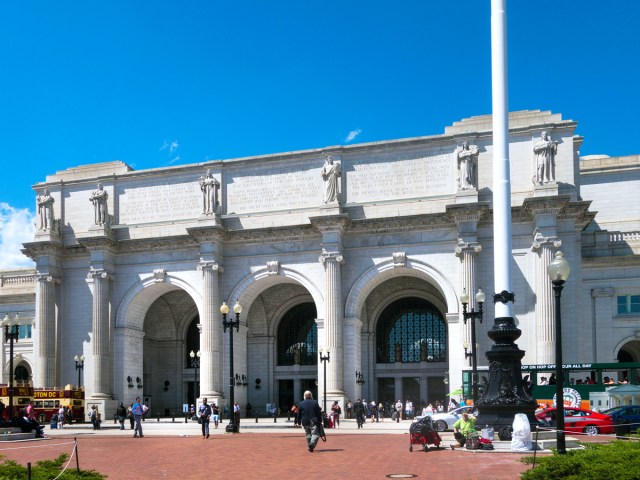
Annual passenger traffic: 5,639,617
Inaugurated in 1907, Washington Union Station was part of the City Beautiful movement to beautify Washington, D.C., and other major cities. Designed by renowned architect Daniel Burnham, the station features a neoclassical design that takes inspiration from ancient Roman structures. Passengers walking through the Main Hall pass beneath 46 sculptures of Roman soldiers, each representing the states in the Union at the time of opening.
1. New York Penn Station – New York City, New York
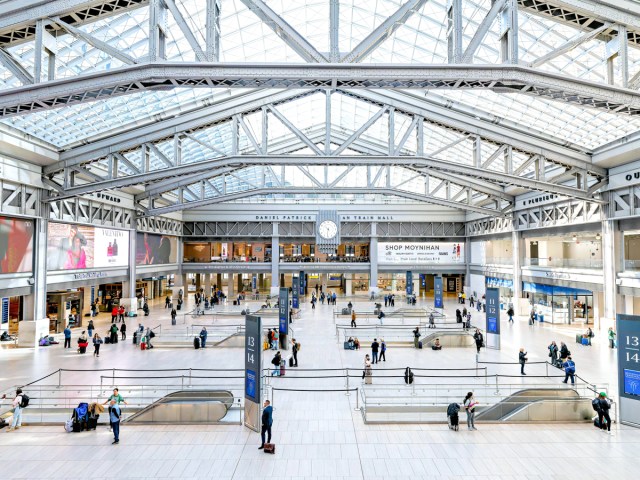
Annual passenger traffic: 12,023,038
Located beneath Madison Square Garden, New York Penn Station is the busiest Amtrak station in the United States — and one of the busiest in the world. Opened in 1910, the original Beaux Arts building was demolished in 1963 as a result of decreasing passenger usage. The core of the station was then moved underground.
Today, Amtrak trains arrive and depart from the Moynihan Train Hall, which occupies the former Farley Post Office. Opened in 2021, it features 700 windows, a majestic 92-foot-high skylight, public art programs, and a wide variety of retail and dining options.
More from our network
Daily Passport is part of Optimism, which publishes content that uplifts, informs, and inspires.
